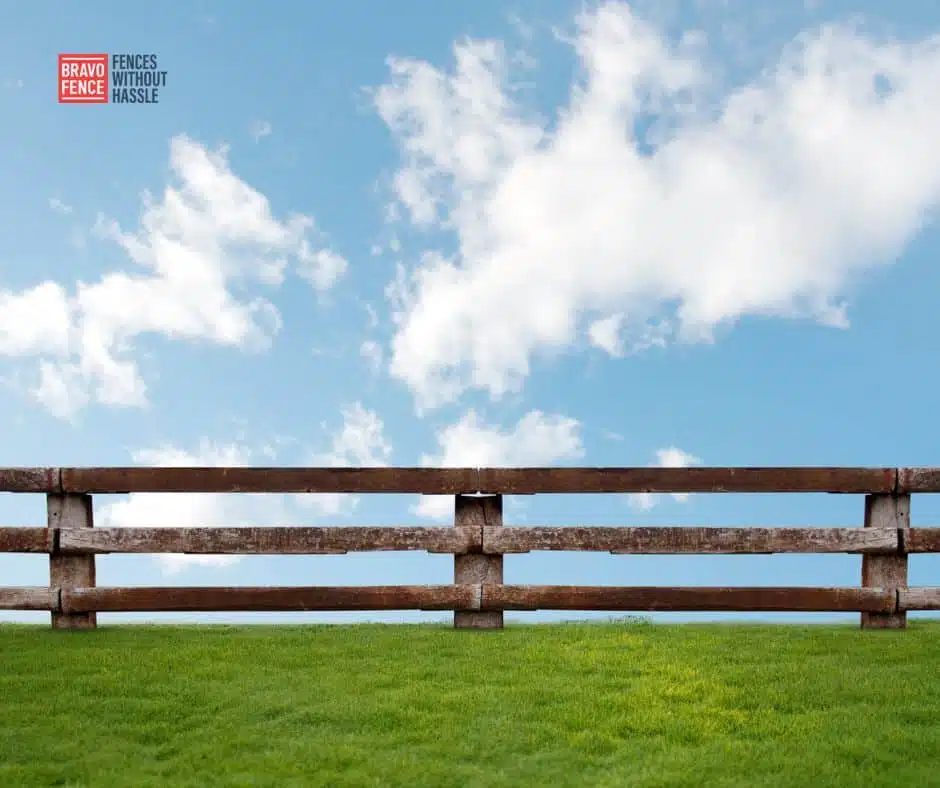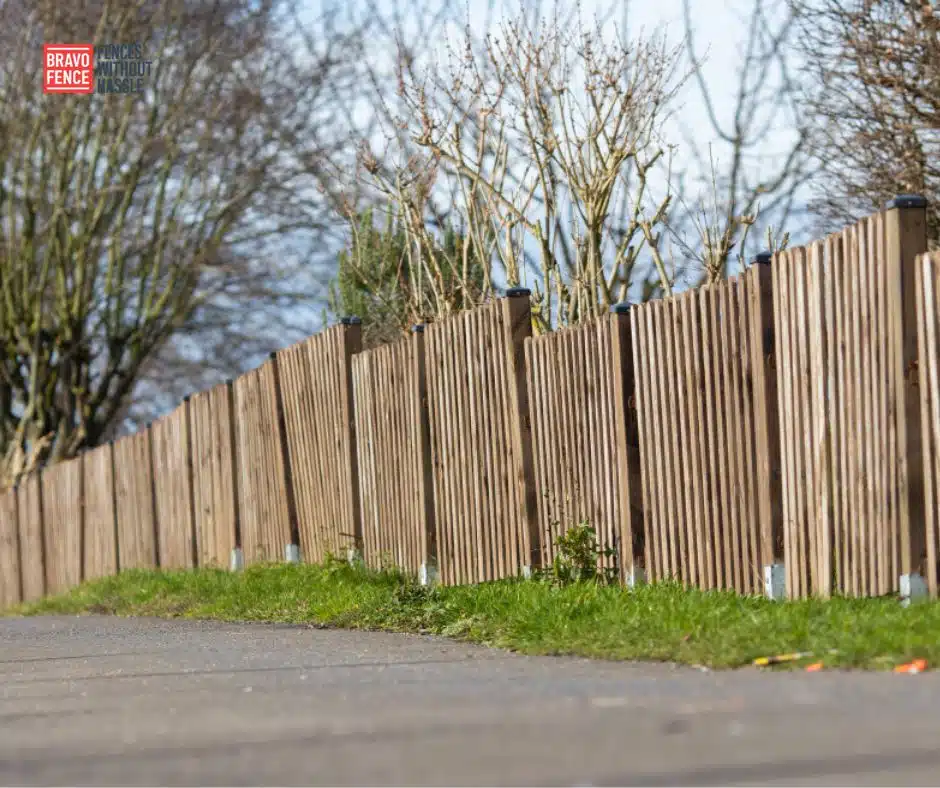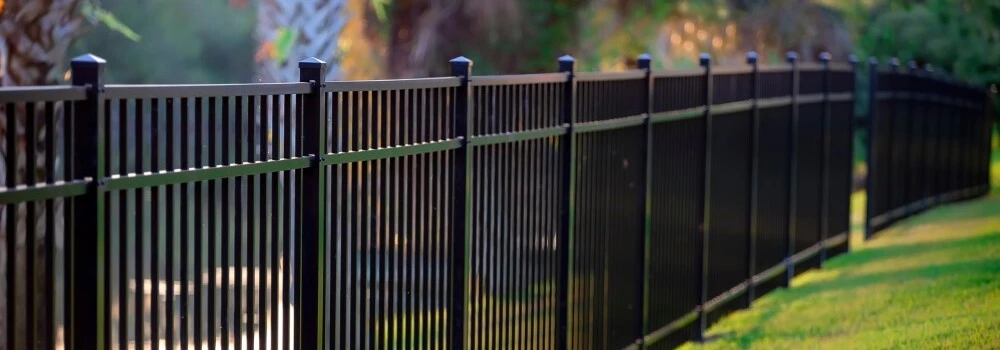
A Timeless Tradition: How Split Rail Fencing Enhances Rustic Charm
Few elements in the realm of architectural aesthetics can evoke rustic charm and timeless appeal, quite like split rail fencing. Originating from centuries-old traditions, split rail fencing has endured the test of time, gracing landscapes with its simple yet enduring design. This humble fencing style has transcended generations, continuing to captivate homeowners, farmers, and landscape enthusiasts alike. In this article, we delve into the rich history and explore how split rail fencing enhances rustic charm in various settings.
Historical Roots
The roots of split rail fencing delve deep into the annals of history, connecting us with ancient civilizations where this humble fencing style first emerged. Commonly referred to as zigzag or snake fencing, its inception can be traced back to a time when simplicity and efficiency were paramount in meeting the practical needs of agricultural societies.
Dating back to ancient civilizations such as the Egyptians, Greeks, and Romans, split rail fencing found favor due to its uncomplicated design and ease of construction. The earliest iterations of split rail fences were meticulously crafted from native wood, with cedar and pine emerging as popular choices for their abundance and durability. These resourceful early settlers, faced with the challenges of establishing boundaries around their agricultural lands, discovered in split rail fencing a solution that was both effective and readily accessible.
Time-Tested Durability
A standout feature that distinguishes split rail fencing is its remarkable durability, a quality that has been a driving force behind its enduring popularity. The key to its robust construction lies in the methodical interlocking of wooden rails, forming a sturdy and reliable barrier that can withstand the tests of time and nature.
Unlike other fencing styles that heavily rely on nails or intricate joinery, split rail fencing embraces a more straightforward approach. The absence of nails and complex connections contributes significantly to its resilience against the elements. This minimalist construction not only enhances the fence’s ability to weather environmental challenges but also reduces the risk of structural weaknesses that may compromise its longevity.
Rustic Aesthetics
The allure of split rail fencing is undoubtedly rooted in its unpretentious design, which emanates a rustic charm that transcends trends and time. The raw, natural appearance of the wood, often weathered by the elements, bestows upon this fencing style a warm and inviting character that harmonizes seamlessly with various landscapes. It is this unassuming elegance that has made split fencing a beloved choice for those seeking to enhance the rustic ambiance of their properties.
The visual appeal of rail fencing lies in its simplicity. The horizontal rails, supported by sturdy vertical posts, create a fence that exudes a timeless and authentic aesthetic. As the wood weathers over time, developing a rich patina and embracing the imperfections bestowed by nature, the wall becomes a living testament to the passage of time. This natural aging process only serves to enhance the fence’s charm, adding depth and character that more modern or artificial alternatives can’t replicate.
Versatility in Design
The classic split rail fence, characterized by its horizontal rails supported by sturdy vertical posts, may seem simple at first glance, but its design offers a remarkable degree of versatility. Homeowners have the freedom to tailor the fence to their preferences by choosing between two-rail and three-rail configurations, allowing for adjustments in height and spacing. This adaptability is a critical factor in the enduring popularity of split rail fencing, as it seamlessly integrates with a diverse range of architectural styles.

The two-rail and three-rail configurations cater to individual preferences and specific aesthetic considerations. Homeowners seeking a more open and airy appearance may opt for the two-rail design, allowing for increased visibility and a lighter overall feel. On the other hand, those desiring a more substantial and traditional look may choose the three-rail configuration, which provides additional vertical elements, adding a sense of solidity to the fence.
Landscaping Harmony
Beyond its functional role as a practical enclosure, split rail fencing transcends its utilitarian purpose to become an integral element of landscape design. The open and frank structure of this fencing style contributes to a harmonious blend between the enclosed space and its natural surroundings. This characteristic makes rail fencing more than just a boundary; it becomes a visual and aesthetic extension of the landscape.
The open structure of split rail fencing is a critical feature in creating a sense of landscaping harmony. Unlike more solid fencing options, the widely spaced horizontal rails and minimalistic design allow for uninterrupted views of the surrounding environment. This openness fosters a connection between the enclosed space and the landscape beyond, making split rail fencing an ideal choice for properties that seek a balance between differentiation and integration.
Modern Applications
Despite its deep historical roots, rail fencing has seamlessly transitioned into modern landscaping practices, retaining its timeless charm while adapting to contemporary needs. Whether employed as a standalone fence or integrated with wire mesh for enhanced functionality, split rail fencing continues to captivate homeowners who seek a connection to tradition and a touch of rustic elegance in their outdoor spaces.
One key factor driving the enduring popularity of rail fencing in modern landscaping is its versatility. While the traditional two-rail or three-rail configuration remains a classic choice, homeowners now have the option to incorporate wire mesh into their split rail fences. This addition enhances the fence’s functionality by providing containment for pets, livestock, or children while still preserving its rustic aesthetic appeal. This blend of tradition and modernity allows rail fencing to meet the practical needs of contemporary homeowners without compromising its timeless charm.
Conclusion
In the realm of fencing options, split rail fencing stands as a testament to the enduring beauty of simplicity and functionality. With its historical roots, time-tested durability, rustic aesthetics, and versatility in design, split rail fencing remains a beloved choice for those seeking to enhance the charm of their landscapes. As homeowners continue to embrace the timeless tradition of split rail fencing, this humble enclosure will undoubtedly continue to weave its way into the fabric of both past and present.
If the allure of split rail fencing inspires you and you wish to incorporate this timeless charm into your landscape, contact Bravo Fence Company today. Discover how the rustic elegance and versatility of split rail fencing can transform your outdoor space. Click here to get in touch with our experts and embark on the journey to enhance your property with the enduring appeal of split rail fencing.
FAQs
What is split rail fencing, and why is it considered a timeless tradition?
Split rail fencing is a rustic fencing style characterized by horizontal wooden rails supported by sturdy vertical posts. It is deemed timeless due to its historical roots, enduring durability, and rustic aesthetics that continue to charm homeowners and landscape enthusiasts.
What is the historical significance of split rail fencing?
Split rail fencing has ancient origins, dating back to civilizations like the Egyptians, Greeks, and Romans. Its simplicity and efficiency made it a practical choice for agricultural societies, with cedar and pine being popular wood choices. Early settlers used it to establish boundaries around their lands.
What sets split rail fencing apart in terms of durability?
The durability of split rail fencing lies in its systematic construction, with wooden rails interlocking to create a robust barrier. Unlike other fencing styles, it doesn’t heavily rely on nails or intricate joinery. This minimalist approach enhances its resilience against the elements and reduces the risk of structural weaknesses.
How does split rail fencing contribute to rustic aesthetics?
The raw, natural appearance of weathered wood gives split rail fencing a warm and inviting character that harmonizes with various landscapes. Its unpretentious design, simplicity, and the aging process of the wood create a timeless and authentic aesthetic that transcends trends.
What design options are available with split rail fencing?
Split rail fencing offers versatility in design, allowing homeowners to choose between two-rail and three-rail configurations. This adaptability in height and spacing caters to individual preferences and architectural styles, offering an open and airy appearance or a more substantial and traditional look.
How does split rail fencing contribute to landscaping harmony?
The open structure of split rail fencing creates a sense of landscaping harmony by allowing uninterrupted views of the surrounding environment. Its widely spaced horizontal rails and minimalistic design make it more than just a boundary; it becomes a visual and aesthetic extension of the landscape.
How has split rail fencing evolved for modern applications?
Split rail fencing seamlessly transitions into modern landscaping by retaining its timeless charm and adapting to contemporary needs. Homeowners can now incorporate wire mesh for enhanced functionality, providing containment for pets, livestock, or children while preserving rustic aesthetic appeal.
Is split rail fencing suitable for contemporary homeowners?
Yes, split rail fencing remains popular among contemporary homeowners due to its versatility. The addition of wire mesh caters to modern needs, allowing the fence to meet practical requirements without compromising its timeless charm and connection to tradition.
Tags: Complete Guide to Split Rail Fencing Ideas, Complete Guide to Split Rail Fencing Ideas Diy, Explore Helpful Resources on Split Rail Fence Home Depot, Explore Helpful Resources on Split Rail Fencing, Top Ideas and Insights About Modern Split Rail Fence Ideas

